Essential Car Care: How to Maintain Your New Vehicle Like A Pro
Welcome to the world of automotive ownership, where your shiny new vehicle is not just a mode of transportation but an extension of your personality and lifestyle! Just as you wouldn’t neglect a prized possession, ensuring your car remains in top-notch condition is essential for both performance and longevity. Whether you’re behind the wheel of a sleek sedan or an adventurous SUV, mastering the art of car care can save you time, money, and headaches down the road. In this blog post, we’ll dive into essential tips and tricks that will have you maintaining your new ride like a seasoned pro—so buckle up and get ready to hit the road with confidence.
Keep Your Tires in Check
Tires are your car’s contact with the road, so keeping them in good condition is crucial. Start by checking the tire pressure regularly—at least once a month. Low tire pressure can lead to uneven wear and decreased fuel efficiency, while overinflated tires can be dangerous. Also, rotate your tires every 6,000 to 8,000 miles to ensure they wear evenly. This is an easy and cost-effective way to extend their lifespan and improve handling. And don’t forget to check the tread depth with a simple penny test—if the tread is too worn down, it’s time for new tires.
Stay on Top of Your Brake Maintenance
Your brakes are essential for safety, so don’t wait until you hear that dreaded squealing sound to check them. Pay attention to any signs of reduced braking performance—like a soft brake pedal or strange noises when you stop. If you notice anything unusual, have your brakes inspected. It’s also a good idea to flush your brake fluid every two years to keep the braking system in top condition.
Wash and Wax Your Car Regularly
It might seem like a no-brainer, but washing your car regularly is one of the easiest ways to keep it looking brand new. Dirt, salt, and debris can damage the paint over time, leading to rust and wear. Aim to wash your car every couple of weeks, especially if you live in an area with lots of road salt in the winter or near the coast where salt from the ocean can affect the paint. While you’re at it, don’t forget to wax your car every few months. Waxing creates a protective barrier on your car’s paint, helping to keep it shiny and protecting it from the elements.
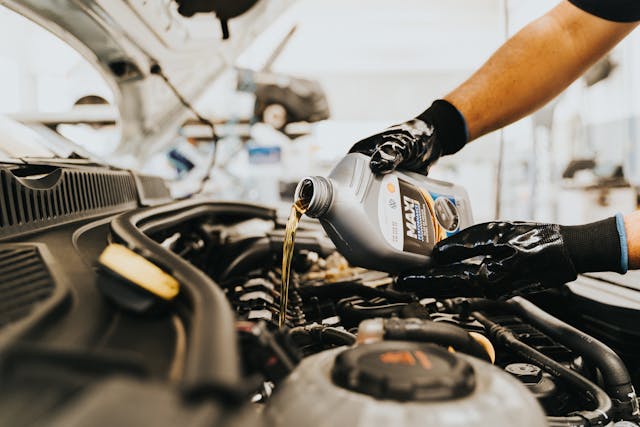
Stick to Your Oil Change Schedule
Oil is the lifeblood of your car’s engine. Frequent oil changes keep everything operating smoothly, preventing engine wear and improving fuel efficiency. Most manufacturers recommend getting an oil change every 3,000 to 7,500 miles, depending on your car’s make and model. It’s easy to forget, but skipping oil changes can lead to long-term damage. So, make it a habit to keep track of your oil changes, either with a sticker on your windshield or a handy reminder on your phone.
Check and Replace Air Filters
Your car’s air filters play a …

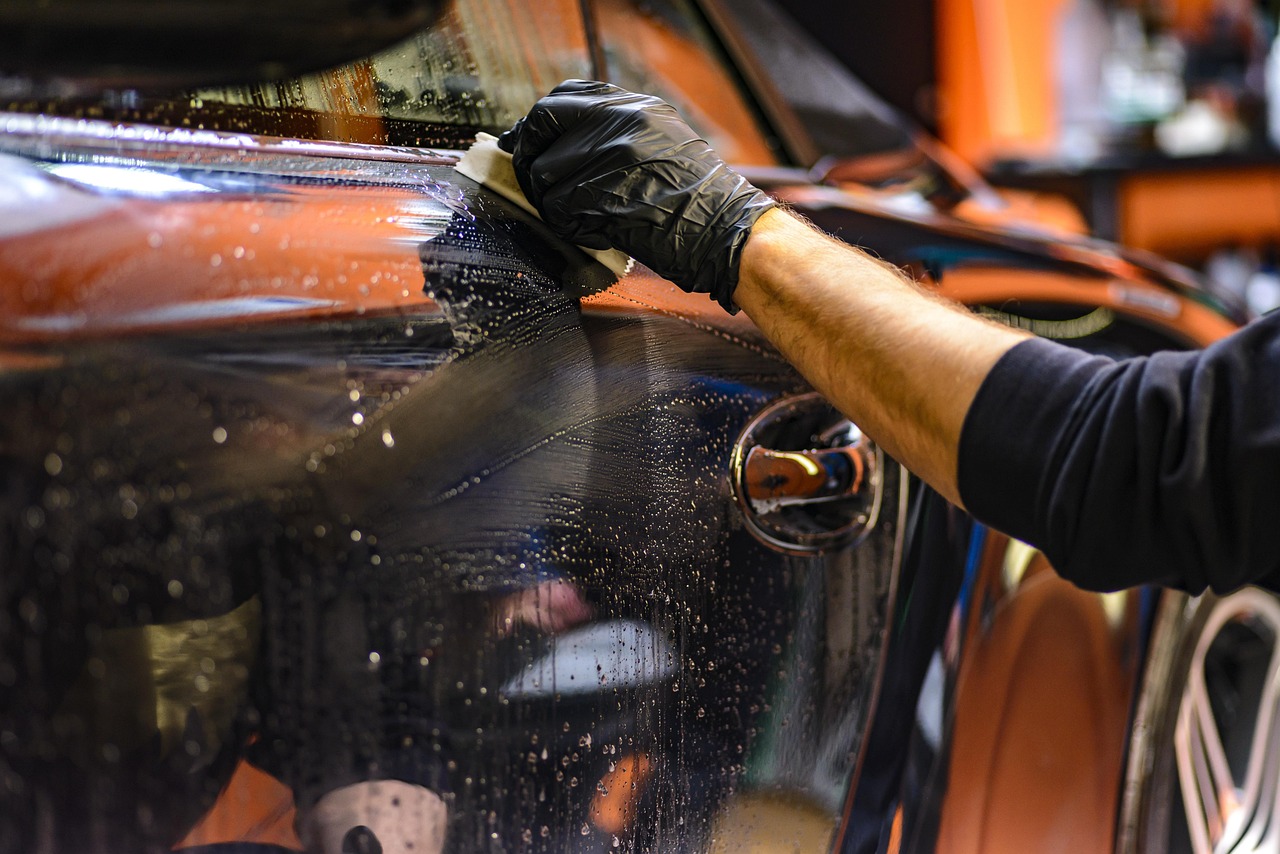




 Timing plays a crucial role in getting the best deals on rental cars. Booking well in advance can often result in significant savings. Car rental companies tend to increase their prices as demand rises closer to popular vacation periods, so reserving your vehicle ahead of time can help lock in lower rates. It’s also worth considering the length of your trip; many car rental agencies offer discounts for longer-term rentals.
Timing plays a crucial role in getting the best deals on rental cars. Booking well in advance can often result in significant savings. Car rental companies tend to increase their prices as demand rises closer to popular vacation periods, so reserving your vehicle ahead of time can help lock in lower rates. It’s also worth considering the length of your trip; many car rental agencies offer discounts for longer-term rentals. One of the most effective ways to score great deals on
One of the most effective ways to score great deals on 
 Car clubs are a hub of shared passion and knowledge exchange for automotive enthusiasts. When you join a car club, you instantly become part of a community filled with like-minded individuals who share your love for cars. It’s an opportunity to connect with people who speak the same language as you when it comes to horsepower, torque, and engine modifications. In these clubs, members come from various backgrounds and possess diverse levels of expertise. This diversity creates an environment where knowledge is freely shared among members. Whether you’re a seasoned gearhead or just starting out in the world of automobiles, there’s always something new to learn from others’ experiences.
Car clubs are a hub of shared passion and knowledge exchange for automotive enthusiasts. When you join a car club, you instantly become part of a community filled with like-minded individuals who share your love for cars. It’s an opportunity to connect with people who speak the same language as you when it comes to horsepower, torque, and engine modifications. In these clubs, members come from various backgrounds and possess diverse levels of expertise. This diversity creates an environment where knowledge is freely shared among members. Whether you’re a seasoned gearhead or just starting out in the world of automobiles, there’s always something new to learn from others’ experiences. Are you tired of attending the same old car shows and events year after year? If so, joining a car club can give you access to exclusive events and experiences that will leave you exhilarated. Car clubs often organize private gatherings where members can showcase their prized vehicles in a more intimate setting. Imagine being able to see rare classic cars up close or even have the opportunity to take them for a spin. In addition to private gatherings, car clubs also provide access to special automotive-related events such as track days, road trips, and even factory tours. These opportunities allow members to experience their passion for automobiles in unique ways that are not available to the general public.
Are you tired of attending the same old car shows and events year after year? If so, joining a car club can give you access to exclusive events and experiences that will leave you exhilarated. Car clubs often organize private gatherings where members can showcase their prized vehicles in a more intimate setting. Imagine being able to see rare classic cars up close or even have the opportunity to take them for a spin. In addition to private gatherings, car clubs also provide access to special automotive-related events such as track days, road trips, and even factory tours. These opportunities allow members to experience their passion for automobiles in unique ways that are not available to the general public. Whether you’re a seasoned car enthusiast or just starting out, being part of a
Whether you’re a seasoned car enthusiast or just starting out, being part of a 

 Another tip for preparing your car for a road trip is to check the vehicle’s fluids. Make sure you have enough oil, transmission fluid, and coolant in your car to get you through the journey. Also, inspect all hoses and belts for any signs of wear or damage. If necessary, replace these components with new ones to minimize the risk of breakdowns. Many car owners regret that they have not checked their vehicle’s fluids before taking the road. It lead to a lot of difficult situations and the need to pay for repairs.
Another tip for preparing your car for a road trip is to check the vehicle’s fluids. Make sure you have enough oil, transmission fluid, and coolant in your car to get you through the journey. Also, inspect all hoses and belts for any signs of wear or damage. If necessary, replace these components with new ones to minimize the risk of breakdowns. Many car owners regret that they have not checked their vehicle’s fluids before taking the road. It lead to a lot of difficult situations and the need to pay for repairs.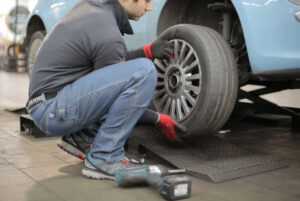 Lastly, check the car tires before embarking on your journey. Make sure that all tires are properly inflated and in good condition. It would be best if you also considered rotating the tires for better wear and tear. If any of your tires are severely worn or damaged, you should replace them with new ones before setting out on your trip. There have been a lot of accidents that involve blowouts due to tires that are not properly maintained. Which is why you should check the car tires carefully and, if necessary, replace them with new ones.
Lastly, check the car tires before embarking on your journey. Make sure that all tires are properly inflated and in good condition. It would be best if you also considered rotating the tires for better wear and tear. If any of your tires are severely worn or damaged, you should replace them with new ones before setting out on your trip. There have been a lot of accidents that involve blowouts due to tires that are not properly maintained. Which is why you should check the car tires carefully and, if necessary, replace them with new ones.
 The first reason to consider ceramic coating on your car is that it provides superior protection. Ceramic coatings create a barrier between your vehicle’s paint and the environment, creating an impenetrable shield against oxidation and other environmental hazards. This ensures that your car stays looking newer for longer and is protected from any potential damage caused by these elements.
The first reason to consider ceramic coating on your car is that it provides superior protection. Ceramic coatings create a barrier between your vehicle’s paint and the environment, creating an impenetrable shield against oxidation and other environmental hazards. This ensures that your car stays looking newer for longer and is protected from any potential damage caused by these elements. The third and last reason to consider ceramic coating is that it reduces the amount of time and money you spend on maintenance. Because of its protective nature, the ceramic coating helps to prevent scratches and other damage that would otherwise require regular upkeep. This means you don’t have to worry about frequently polishing your vehicle or spending a lot of money on new paint jobs – saving time and money in the long run.
The third and last reason to consider ceramic coating is that it reduces the amount of time and money you spend on maintenance. Because of its protective nature, the ceramic coating helps to prevent scratches and other damage that would otherwise require regular upkeep. This means you don’t have to worry about frequently polishing your vehicle or spending a lot of money on new paint jobs – saving time and money in the long run.
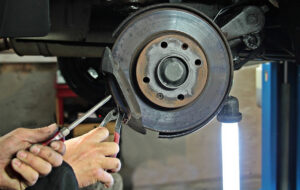 When you have a mechanic you can trust, you know that your auto repairs will be done properly. A trusted mechanic will use the most up-to-date techniques and equipment to ensure your car is running properly. They will also use only quality parts and materials, so you don’t have to worry about your auto breaking down prematurely because of faulty parts.
When you have a mechanic you can trust, you know that your auto repairs will be done properly. A trusted mechanic will use the most up-to-date techniques and equipment to ensure your car is running properly. They will also use only quality parts and materials, so you don’t have to worry about your auto breaking down prematurely because of faulty parts.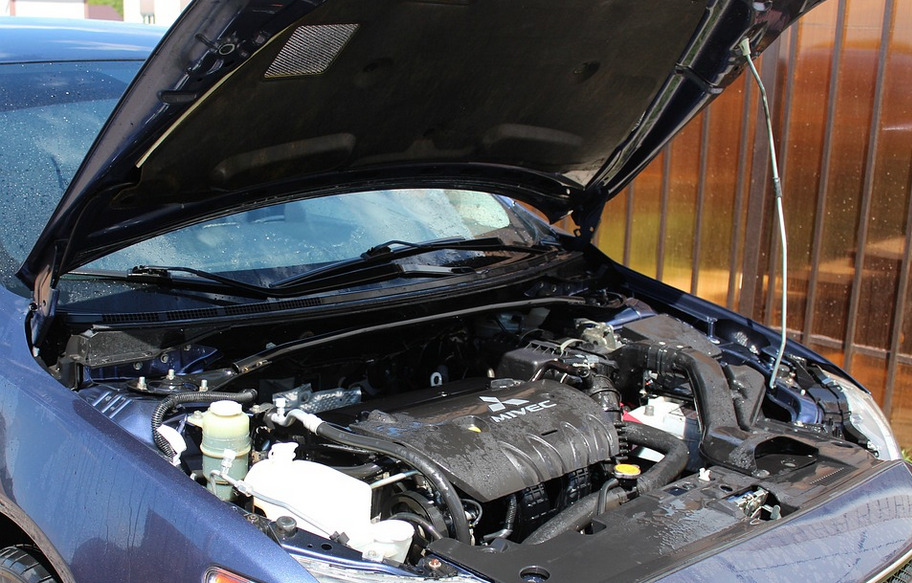 Having a mechanic, you can trust means quality auto service every time. Your mechanic will take the time to ensure your auto repair is done right and that any issues are addressed promptly. It ensures that you get the most out of your auto repair experience.
Having a mechanic, you can trust means quality auto service every time. Your mechanic will take the time to ensure your auto repair is done right and that any issues are addressed promptly. It ensures that you get the most out of your auto repair experience. Finding auto repair services can be time-consuming and even overwhelming. Auto repair becomes much more convenient when you have a mechanic you can trust. Your mechanic will take care of all the details for you, so you don’t have to worry about finding other auto shops or tracking down parts. It makes auto repair something easy to manage without taking away from your busy schedule.
Finding auto repair services can be time-consuming and even overwhelming. Auto repair becomes much more convenient when you have a mechanic you can trust. Your mechanic will take care of all the details for you, so you don’t have to worry about finding other auto shops or tracking down parts. It makes auto repair something easy to manage without taking away from your busy schedule.
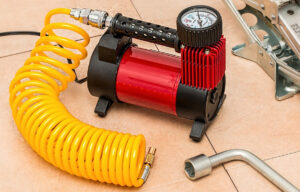 A tire pressure gauge is an essential tool for all car owners. It measures the air pressure in your tires and can help you determine when to add or remove air from them. This is especially important during wintertime when cold temperatures can cause your tires to lose a lot of their air pressure. Having a tire pressure gauge will allow you to keep your tires inflated to the correct pressure and can help extend their life. Additionally, it can help improve fuel efficiency since underinflated tires require more energy to move. Make sure you always have a reliable tire pressure gauge in your car.
A tire pressure gauge is an essential tool for all car owners. It measures the air pressure in your tires and can help you determine when to add or remove air from them. This is especially important during wintertime when cold temperatures can cause your tires to lose a lot of their air pressure. Having a tire pressure gauge will allow you to keep your tires inflated to the correct pressure and can help extend their life. Additionally, it can help improve fuel efficiency since underinflated tires require more energy to move. Make sure you always have a reliable tire pressure gauge in your car.

 The second way to improve the look of your car is by investing in new tires. If your tires are old and worn, they can make your car look bad. Plus, new tires will provide better traction and handling. So, if you’re looking for a way to make your car look better and perform better, new tires are a great option. If you are on a budget, you can always find used tires that look just as good as new ones. But there are also less expensive options if you want to buy new tires.
The second way to improve the look of your car is by investing in new tires. If your tires are old and worn, they can make your car look bad. Plus, new tires will provide better traction and handling. So, if you’re looking for a way to make your car look better and perform better, new tires are a great option. If you are on a budget, you can always find used tires that look just as good as new ones. But there are also less expensive options if you want to buy new tires. The third way to improve the look of your car is by adding some lights. You can add LED lights to the inside or outside of your car. This will give it a more unique and stylish look. Plus, it’s a great way to make your car more visible at night. When doing so, ensure that your car’s electrical system can handle the additional load. This way, you can avoid any problems down the road.
The third way to improve the look of your car is by adding some lights. You can add LED lights to the inside or outside of your car. This will give it a more unique and stylish look. Plus, it’s a great way to make your car more visible at night. When doing so, ensure that your car’s electrical system can handle the additional load. This way, you can avoid any problems down the road.
 You must have your Ford vehicle serviced. Many people tend to put off having their vehicle serviced when they feel running just fine. This can be a very costly mistake. You must have your Ford vehicle serviced at the recommended intervals to keep its value and performance up for as long as possible. Your owner’s manual will provide information regarding how often you should have your Ford vehicle serviced.
You must have your Ford vehicle serviced. Many people tend to put off having their vehicle serviced when they feel running just fine. This can be a very costly mistake. You must have your Ford vehicle serviced at the recommended intervals to keep its value and performance up for as long as possible. Your owner’s manual will provide information regarding how often you should have your Ford vehicle serviced.
 Ask yourself why I need this car. What does my lifestyle require of my next vehicle? It may seem like an obvious question, but many people forget to ask themselves this basic yet essential question when they head into their local dealership. Do your research ahead of time by looking up reviews and inviting friends. You also need to consider if you need a car that can fit your entire family, your daily activities, and your daily needs, such as shopping or carrying a lot of stuff. Aside from that, it would help if you also considered the geographical factor of the area. Is the contour wavy, muddy, or straight?
Ask yourself why I need this car. What does my lifestyle require of my next vehicle? It may seem like an obvious question, but many people forget to ask themselves this basic yet essential question when they head into their local dealership. Do your research ahead of time by looking up reviews and inviting friends. You also need to consider if you need a car that can fit your entire family, your daily activities, and your daily needs, such as shopping or carrying a lot of stuff. Aside from that, it would help if you also considered the geographical factor of the area. Is the contour wavy, muddy, or straight? Sometimes we need the money for other purposes, but we also need to buy a car right away. If it happens to you, you need to apply for a car loan.
Sometimes we need the money for other purposes, but we also need to buy a car right away. If it happens to you, you need to apply for a car loan. 
 We have to think this one through; new cars are not good to use as an investment because they depreciate quicker than used cars that have already begun their depreciation phase. A single dent or a few visible scratches will devalue your brand-new vehicle, and after one year of usage, it will lose its title of being new since you’ve used it already.
We have to think this one through; new cars are not good to use as an investment because they depreciate quicker than used cars that have already begun their depreciation phase. A single dent or a few visible scratches will devalue your brand-new vehicle, and after one year of usage, it will lose its title of being new since you’ve used it already. It’s always good to have more money, and buying a
It’s always good to have more money, and buying a 
 Before making a purchase, it is essential to ensure that you know what you need. It starts first by knowing things about your car. Knowing the brand, make, model, and year of the motor is vital. Online and physical auto shops will require this information. Having this information in hand reduces your chances of buying parts not compatible with your car.
Before making a purchase, it is essential to ensure that you know what you need. It starts first by knowing things about your car. Knowing the brand, make, model, and year of the motor is vital. Online and physical auto shops will require this information. Having this information in hand reduces your chances of buying parts not compatible with your car.

